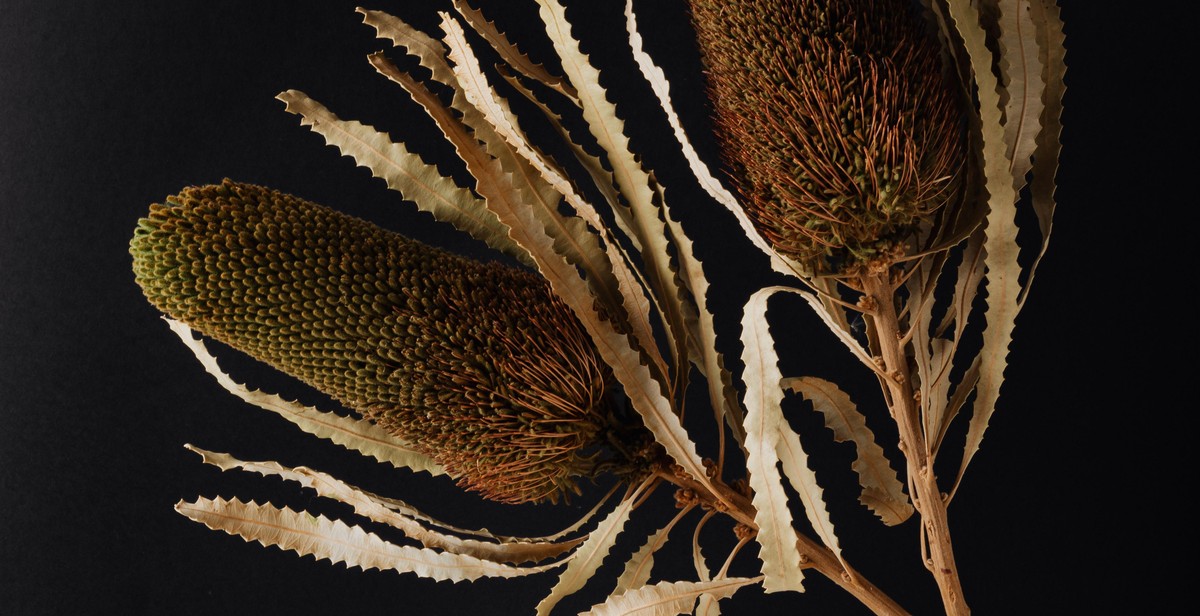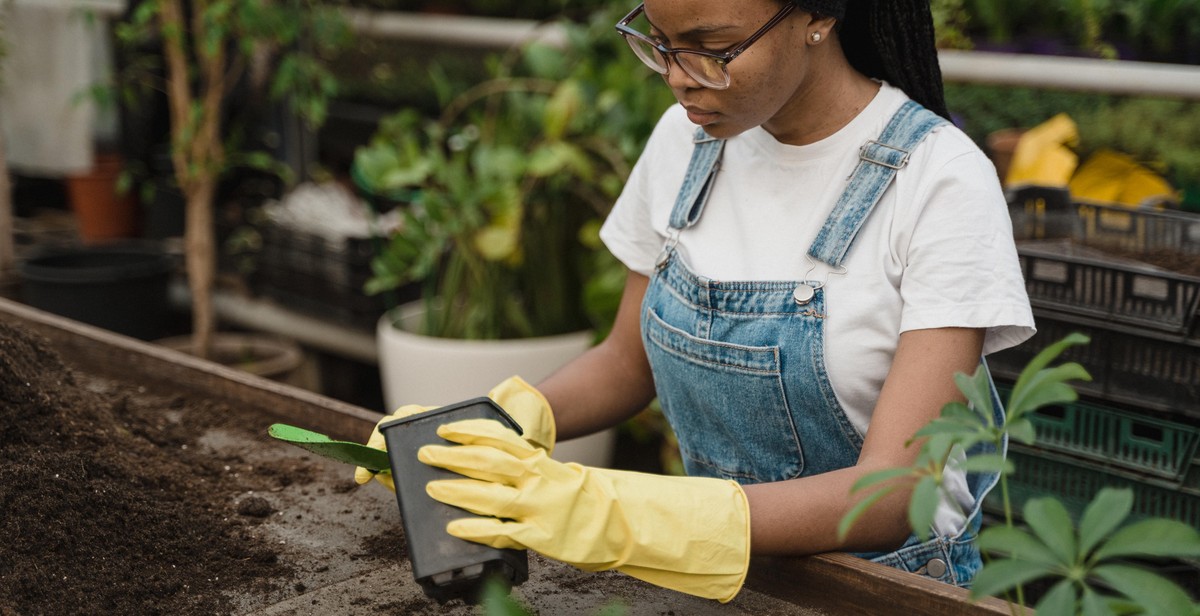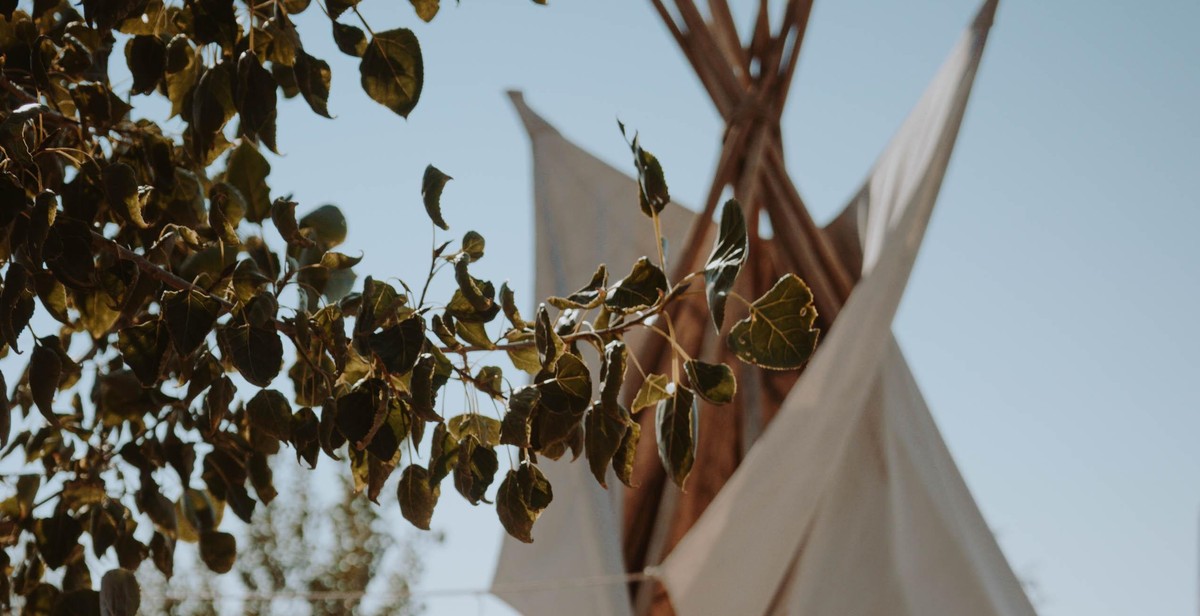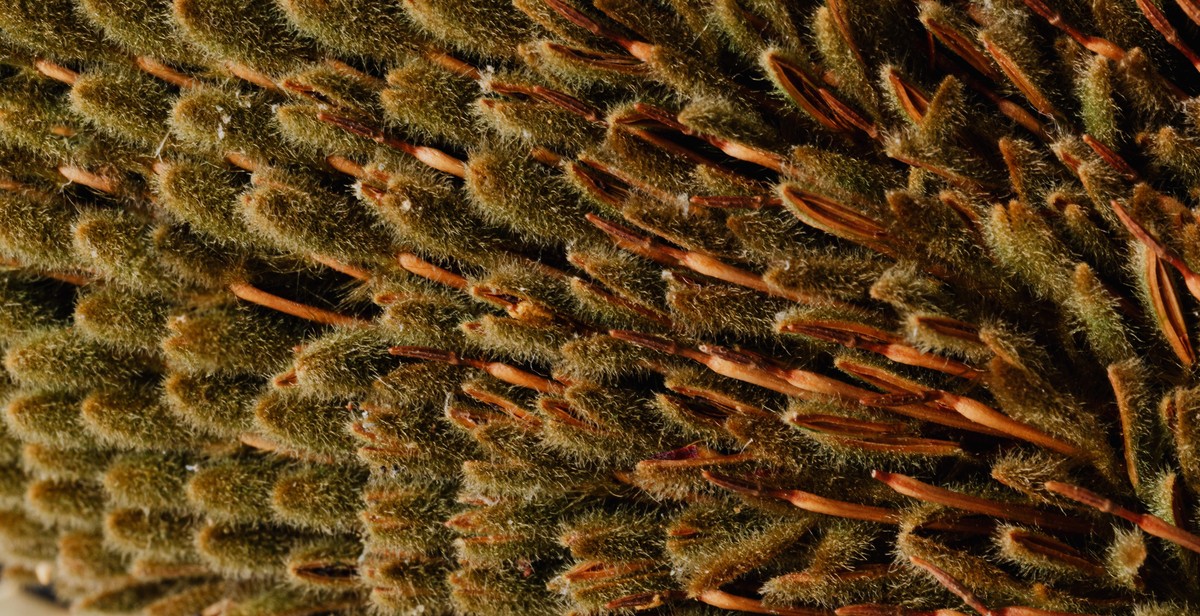How to Grow Native Plants to Support Local Ecosystems
Growing native plants is an essential step towards supporting the local ecosystem. Native plants are those that have evolved in a particular region over thousands of years and have adapted to the local climate, soil, and wildlife. These plants provide food and shelter for local wildlife, including birds, insects, and mammals.
Unfortunately, many areas are now dominated by non-native plants, which do not provide the same benefits to the local ecosystem. Non-native plants can outcompete native plants, reducing biodiversity and disrupting the delicate balance of the ecosystem. This can have significant impacts on wildlife populations, including the decline of important pollinators like bees and butterflies.
Why Growing Native Plants is Important
By growing native plants, you can help support the local ecosystem and promote biodiversity in your area. Native plants provide food and habitat for a wide variety of wildlife, including birds, butterflies, and bees. They also help to prevent erosion and filter water, improving the overall health of the ecosystem.
Additionally, native plants are often more resilient and require less maintenance than non-native plants. They are better adapted to local conditions, which means they are more likely to thrive and require less water and fertilizer.
Overall, growing native plants is an easy and effective way to support the local ecosystem and promote biodiversity in your area. By making a few simple changes to your landscaping, you can make a big difference for the environment and the wildlife that call it home.

Understanding Native Plants
Native plants are plant species that have evolved and adapted to a specific geographic area over a long period of time. These plants have developed unique characteristics that enable them to thrive in the local climate, soil type, and other environmental conditions. They are an essential part of the local ecosystem and play a vital role in maintaining the balance of nature.
Benefits of Growing Native Plants
Growing native plants has numerous benefits, both for the environment and for the gardener. Some of the benefits include:
- Supporting local biodiversity: Native plants provide habitat and food for local wildlife, including birds, insects, and other animals. They help to maintain the balance of the local ecosystem and protect against invasive species.
- Reducing water usage: Native plants are adapted to local rainfall patterns and require less watering than non-native species. This can help to conserve water and reduce water bills.
- Lowering maintenance costs: Native plants are well adapted to local conditions and require less fertilizer, pesticides, and other inputs than non-native species. This can save time and money on maintenance.
- Improving soil health: Native plants have deep root systems that help to improve soil structure and increase soil organic matter.
- Enhancing aesthetic value: Native plants can be beautiful and provide a unique sense of place. They can be used in a variety of landscape designs and can be an attractive addition to any garden.
Challenges of Growing Native Plants
While there are many benefits to growing native plants, there are also some challenges to consider. Some of the challenges include:
- Availability: Depending on the region, it may be difficult to find native plants for sale at local nurseries or garden centers.
- Establishment: Native plants may require special care during the establishment phase, including regular watering, mulching, and protection from pests and diseases.
- Design: Native plants may require a different design approach than traditional gardens, as they may have different growth habits, bloom times, and color palettes.
- Education: Gardeners may need to educate themselves and others about the benefits of native plants and how to care for them.
| Native Plants | Non-Native Plants |
|---|---|
| Adapted to local conditions | May require more inputs (water, fertilizer, pesticides) |
| Provide habitat for local wildlife | May be invasive and harm local ecosystems |
| Require less maintenance | May require more maintenance |
| May be more aesthetically pleasing | May not be well-suited to local conditions |

Choosing the Right Native Plants
Researching Native Plants in Your Area:
Before choosing the right native plants for your garden, it is important to do some research on the types of plants that are native to your area. This will help you to select plants that are well-suited to your local soil and climate conditions, and that will be able to thrive in your garden. You can find information on native plants in your area by contacting your local nursery, gardening club, or state extension service.
Selecting the Right Plants for Your Garden:
When selecting the right native plants for your garden, consider the amount of sunlight and water your garden receives, as well as the soil type. It is important to choose plants that are well-suited to these conditions in order to ensure their success. Additionally, consider the size and growth habits of the plants you are selecting, as well as their bloom time and color. This will help you to create a garden that is both beautiful and functional.
Creating a Native Plant Garden Design:
Once you have selected the right native plants for your garden, it is important to create a garden design that will showcase their beauty and create habitat for local wildlife. Consider grouping plants with similar water and sunlight needs together, and creating paths or walkways that allow you to enjoy your garden up close. Additionally, consider incorporating features such as bird feeders, bird baths, and nesting boxes to provide habitat for local birds and other wildlife.
- Research native plants in your area
- Select plants that are well-suited to your local soil and climate conditions
- Consider the amount of sunlight and water your garden receives, as well as the soil type
- Choose plants with similar water and sunlight needs
- Create paths or walkways to enjoy your garden up close
- Incorporate features to provide habitat for local wildlife
By choosing the right native plants for your garden and creating a thoughtful garden design, you can support local ecosystems and enjoy a beautiful and functional garden for years to come.

Preparing Your Garden for Native Plants
Growing native plants in your garden is a great way to support local ecosystems and attract native wildlife. However, before you start planting, it’s important to prepare your soil, ensure you have the right amount of sunlight and water, and consider companion planting.
Soil Preparation
Native plants are adapted to the soil in your area, so it’s important to make sure your soil is healthy and ready to support them. Before planting, test your soil pH to determine if any amendments are necessary. Most native plants prefer a pH between 5.5 and 7.5. If your pH is too low, add lime to raise it. If your pH is too high, add sulfur to lower it. Also, make sure your soil is well-draining and has adequate organic matter. You can add compost or leaf litter to improve soil structure and fertility.
Sunlight and Water Requirements
Native plants have varying sunlight and water requirements, so it’s important to choose the right plant for the right location. Some plants prefer full sun, while others prefer partial shade. Make sure you understand the sunlight requirements of the plants you want to grow and plant them accordingly. Similarly, some plants prefer moist soil, while others prefer dry soil. Make sure you understand the water requirements of the plants you want to grow and plant them accordingly.
Companion Planting
Companion planting involves planting different species of plants together to benefit each other. For example, some plants are nitrogen-fixers, meaning they convert nitrogen from the air into a form that other plants can use. By planting nitrogen-fixers with other plants, you can improve overall soil fertility. Similarly, some plants attract beneficial insects that help control pests. By planting these plants with other plants, you can reduce the need for pesticides. Research companion planting options for the native plants you want to grow and consider incorporating them into your garden.
| Plant | Sunlight Requirements | Water Requirements |
|---|---|---|
| Black-eyed Susan | Full sun to partial shade | Dry to moist soil |
| Goldenrod | Full sun to partial shade | Dry to moist soil |
| Wild bergamot | Full sun to partial shade | Dry to moist soil |

Planting and Caring for Native Plants
Planting and caring for native plants is essential for supporting local ecosystems. Here are some techniques for planting, watering, fertilizing, pruning, and maintaining native plants.
Planting Techniques
When planting native plants, it is important to choose the right location. Native plants are adapted to the local climate and soil conditions, so they are more likely to thrive in their natural environment. Before planting, prepare the soil by removing weeds and adding compost or other organic matter. Dig a hole that is slightly larger than the root ball of the plant, and make sure the plant is planted at the same depth as it was in the container. Water the plant thoroughly after planting.
Watering and Fertilizing
Native plants are adapted to the local climate, so they typically require less water than non-native plants. Water the plants deeply and infrequently to encourage deep root growth. Fertilizing is generally not necessary for native plants, but if you do choose to fertilize, use a slow-release organic fertilizer and apply it sparingly.
Pruning and Maintenance
Pruning is important for maintaining the health and shape of native plants. Prune dead or diseased branches as soon as possible to prevent the spread of disease. Remove any crossing or rubbing branches, and prune to maintain the natural shape of the plant. Maintenance tasks for native plants include removing weeds, mulching around the base of the plant, and monitoring for pests and diseases.
| Planting Techniques | Watering and Fertilizing | Pruning and Maintenance |
|---|---|---|
| Choose the right location Prepare the soil Plant at the same depth as the container Water thoroughly after planting |
Water deeply and infrequently Use slow-release organic fertilizer sparingly |
Prune dead or diseased branches Remove crossing or rubbing branches Maintain natural shape Remove weeds Mulch around base of plant Monitor for pests and diseases |

Benefits of Native Plant Gardens
Native plant gardens offer various benefits that are worth considering when planning your garden. Here are some of the benefits you can enjoy:
Supporting Local Ecosystems
Native plants are adapted to the local climate and soil conditions, making them an essential part of the local ecosystem. By growing native plants in your garden, you can help support local wildlife, including birds, bees, and butterflies. Native plants provide habitat and food sources for these creatures, which plays a crucial role in maintaining a healthy ecosystem.
Reducing Maintenance and Costs
Native plants require less maintenance than non-native plants because they are adapted to the local climate and soil conditions. They are more resistant to pests and diseases, reducing the need for pesticides and fertilizers. This means that you can save time and money on maintenance and upkeep costs in the long run.
Creating a Beautiful and Unique Garden
Native plant gardens offer a unique and beautiful landscape that is different from traditional gardens. Native plants have a natural beauty that enhances the aesthetic appeal of your garden. They come in a variety of colors, textures, and shapes, allowing you to create a unique and personalized garden that stands out from the rest.
Overall, growing native plants in your garden offers numerous benefits, including supporting local ecosystems, reducing maintenance and costs, and creating a beautiful and unique garden. Incorporating native plants into your garden design is a smart and eco-friendly choice that can benefit both you and the environment.

Conclusion
Growing native plants is not only beneficial for the environment but also for your garden. By choosing to plant native species, you are supporting the local ecosystem and helping to preserve the natural habitat for wildlife. Native plants have evolved to thrive in the local climate and soil, making them more resilient and less dependent on pesticides and fertilizers.
When planting native species, it is important to choose the right plants for your area. Research the native plants that are best suited for your region, and consider the specific needs of each plant. Some native plants require full sun, while others thrive in shade. Some prefer well-drained soil, while others can tolerate wetter conditions.
Final Thoughts
Growing native plants is a simple and effective way to support the local ecosystem and promote biodiversity. By incorporating native species into your garden, you can create a beautiful and sustainable landscape that benefits both you and the environment. Remember to choose the right plants for your area, and provide them with the proper care and maintenance. With a little effort, you can make a positive impact on the environment and help to preserve the natural beauty of your community.
| Benefits of growing native plants |
|---|
| Support local ecosystem |
| Promote biodiversity |
| Require less maintenance |
| Attract native wildlife |
Start small by planting a few native species in your garden, and see the positive impact it can have on the environment. With time and effort, you can create a beautiful and sustainable landscape that supports the local ecosystem and promotes biodiversity.
